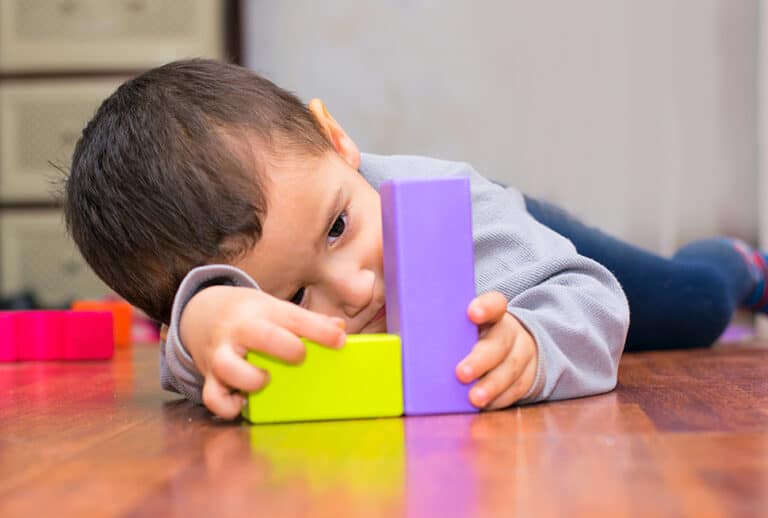Kids with autism can have a tough time regulating their behavior. Even high functioning kids can “have a meltdown” in situations that would be only mildly stressful to a typical peer.
Children with more severe symptoms can grow upset very quickly, sometimes daily. Anxiety and meltdowns can make it very challenging to participate in day-to-day activities or, in some extreme cases, to leave their home.
It’s not always obvious how to calm a child with autism, but some techniques can often be successful.
Causes of meltdowns and anxiety
Unlike their peers, autistic children can “throw fits” to gain more attention or get what they want out of something, like a new toy or favorite snack.
In many cases, autistic children react to physical or emotional stressors without any set plan; they’re simply expressing their feelings of excitement, frustration, stress, or responding to sensory assaults.
Generally speaking, kids with autism may have less control over their emotions than their peers; and as a result, emotional explosions are more common.
It’s not always easy for a parent to predict or even identify situations that are likely to upset their child. Unexpected changes in a daily routine, such as taking a different route to school, can be incredibly upsetting to some autistic children.
Or, odors like the smell of fresh paint can be a sensory assault. Even the bright fluorescent lights at the grocery store can quickly become overwhelming to some children.
At the same time, any child may react differently to the same situation from day to day. An overwhelming stressor on Wednesday can be experienced as uninterrupted background noise on Friday. Avoiding, managing, and preparing for potentially stressful situations can only go so far. On the other hand, a better solution is to help your child to calm their own emotions.
How to calm a child with autism
Of course, the best way to be calm is to stay calm to start with. That means teaching your child how to manage their feelings.
There are some techniques that can make a significant difference. Many are related to sensory integration therapy, which helps people with sensory dysfunction manage challenging situations. These techniques can include:
Offering an escape hatch. If your child gets overwhelmed quickly, be sure you and your child know what to do if anxiety starts rising. Can you go outside? Can you retreat to a bedroom and watch a favorite tv show? Just knowing there’s an option to resort to can sometimes make all the difference.
Consider purchasing indoor or outdoor swings and trampolines. These are often effective ways for children with autism to get the sensory input they need for them to be able to self-regulate.
Make or purchase a weighted blanket. These heavy items can promote a feeling of safety and security for some kids, making it easier to regulate the sensory assaults that go along with most school and shared experiences.
Teach easy methods for staying calm. Depending on your child’s skills and abilities, options include counting down from ten, walking away, taking a few deep breaths, or turning to a calming song or video.
As your child learns to calm herself, it will also be much easier for her to engage in typical activities at school and within their community.
Finding additional help
The exceptional team at Abbey Neuropsychology Clinic in Palo Alto, California, has devoted years to working with children on the autism spectrum.
They begin with a comprehensive assessment and use that information to create multisensory treatment plans grounded in goals that build on your child’s strengths and help them overcome their weaknesses. If you have questions about autism or you need to schedule an appointment, call the office today.
The clinic is now offering telehealth to clients in Palo Alto, Los Altos, Los Altos Hills, Woodside, Menlo Park, Atherton, Napa, Orinda, Hillsborough, Belvedere Tiburon, Blackhawk, Noe Valley, Malibu, Beverly Hills, and La Jolla.
Sources






